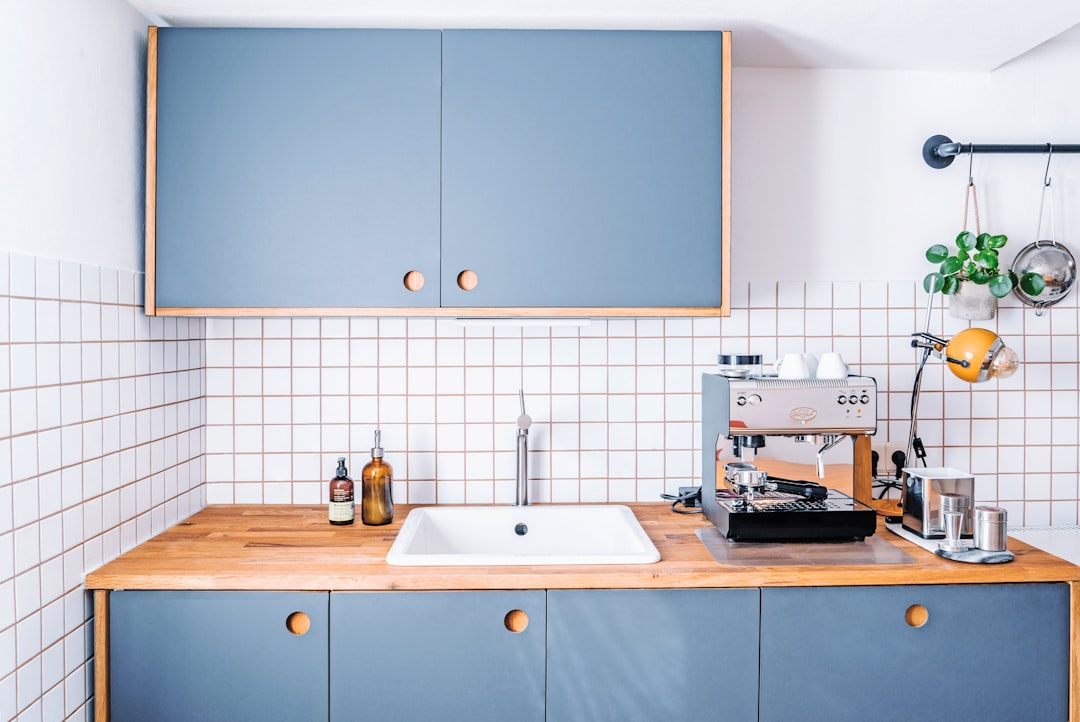
Understanding the cost of kitchen cabinets installed is crucial for construction professionals. Prices can range significantly based on style and customization. For a typical 10×12-foot kitchen, costs are approximately:
These figures include demolition, delivery, and installation but exclude countertops and appliances.
Several elements impact the cost of kitchen cabinets:
CountBricks uses AI to convert measurements into 3D models, cross-referencing local pricing for accurate estimates. This ensures precise budgeting and reduces unexpected costs.
A Beaverdale project involved installing 38 linear feet of semi-custom cabinets with additional features, totaling $13,420. The detailed estimate facilitated quick approval, saving time and resources.
How accurate are the estimates? CountBricks maintains a 2.8% variance due to real-time pricing updates.
Can homeowners use CountBricks? Yes, with regional labor rates and direct material costs.
Does CountBricks include countertops? Yes, upon request during the estimation process.
Leverage CountBricks to turn estimates into actionable plans. Visit CountBricks.com for more information.

Labor costs are a significant factor in kitchen cabinet installation. CountBricks uses a productivity matrix to adapt to various conditions, ensuring accurate labor estimates.
For 140 sq ft of cabinetry:
The AI assigns a crew and estimates a 5-day schedule, providing a detailed labor cost.
Visit CountBricks.com to view project examples and see the productivity matrix in action.
Schedule a strategy call to see how precision estimating can improve your projects.